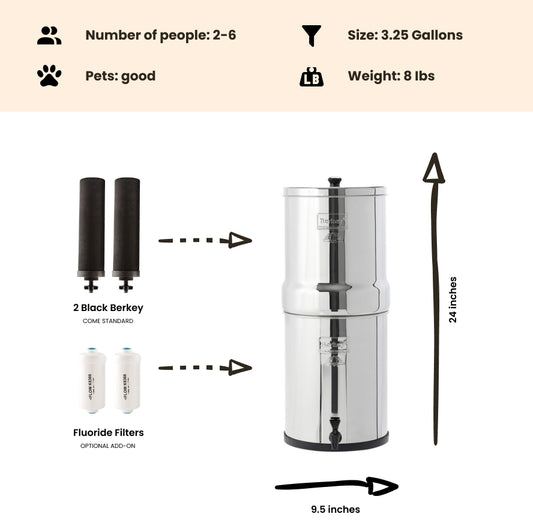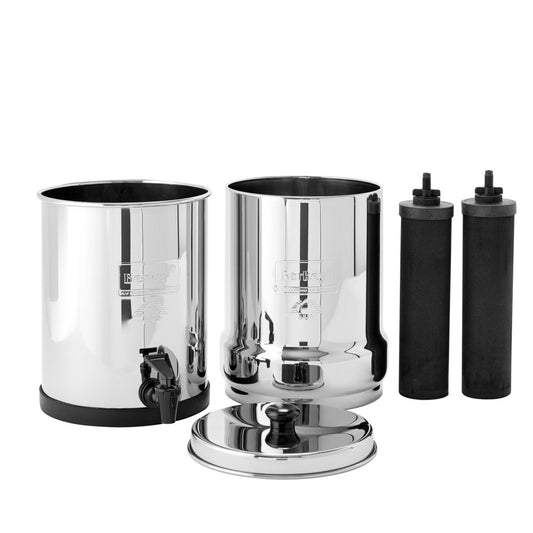
Elevated Risk of Bladder Cancer in New England Linked to Arsenic in Private Drinking Water Wells
By Dan DeBaunShare
A recent study has revealed that the increased risk of bladder cancer observed in residents of New Hampshire, Vermont and Maine over the last 50 years is likely due to high levels of arsenic found in private drinking water wells, particularly in wells that were dug between 1900 and 1950, and was not believed to be due to other bladder cancer risk factors such as occupational exposure to arsenic or smoking.
The study, which was conducted by a team of researchers from the National Cancer Institute (NCI), together with researchers from the Geisel School of Medicine at Dartmouth, New Hampshire; the US Geological Survey (USGS); and the health departments of Maine, Vermont and New Hampshire, was published in the Journal of the National Cancer Institute.
New England has seen higher than normal mortality rates due to bladder cancer for more than fifty years. Bladder cancer rates in Vermont, Maine and New Hampshire have been around 20% higher than that generally recorded across the United States, with higher than normal bladder cancer rates being found in both men and women. What distinguishes this region from many others is that a high percentage of the population living there obtain their drinking water from private wells, which are not serviced by municipal water utilities and are not subjected to EPA regulations for drinking water quality. These wells could be contaminated with arsenic, which is known to increase the risk of bladder cancer when present in drinking water at high concentrations.
Arsenic in these drinking water wells can stem from two sources: 1) it can occur naturally in soils and rock, leaching into the water from underground; or 2) it can originate from arsenic-laden pesticides that were extensively used on crops in the early 1900s.
"Arsenic is an established cause of bladder cancer, largely based on observations from earlier studies in highly exposed populations," said Debra Silverman, Sc.D., chief of the Occupational and Environmental Epidemiology Branch, NCI, and senior author on the study. "However, emerging evidence suggests that low to moderate levels of exposure may also increase risk."
Comparing a sample of 1,213 New England residents that had recently been diagnosed with bladder cancer against a sample of 1,418 residents without bladder cancer living in the same region, the researchers determined that while smoking and occupational exposure increased the risk of bladder cancer in this population, the associated risk due to these factors was still the same as that of people living elsewhere, which according to Silverman: "suggests that neither risk factor explains the excess occurrence of bladder cancer in northern New England."
Using current arsenic levels and historical data, the research team estimated the total amount of arsenic ingested by each person via their drinking water consumption. They found that the risk of bladder cancer increased as the cumulative exposure to arsenic increased. When the researchers focused on subjects who obtained drinking water from private water wells, they found that residents who consumed high amounts of water were nearly twice as likely to succumb to bladder cancer as those who consumed the least amount of water.
If water was consumed from dug wells — shallow wells, with a depth of less than 50 feet that are more vulnerable to arsenic contamination from human sources — this association was even stronger still. This risk was significantly higher in people who had been using dug wells as their drinking water source before arsenic-based pesticides were banned in 1960 compared to those that began using dug wells for drinking water later.
While the threat of arsenic exposure from dug wells is lower now since arsenic-laden pesticides have been banned and dug wells are less common than they were in the past, arsenic exposure in private drinking wells that are drilled deep into fractured underground rock still poses a public health threat. The EPA has set the drinking water standard for arsenic at 10 micrograms/L for municipal water utilities; owners of private drinking wells are encouraged to have their drinking water tested and to take measures to limit their exposure, such as making use of an effective drinking water filter (such as a Big Berkey System with Black Berkey filters) that is capable of removing arsenic from drinking water.
Journal Reference
Baris D… Silverman DT, et al. Elevated Bladder Cancer in Northern New England: The Role of Drinking Water and Arsenic. Journal of the National Cancer Institute, May 2016 DOI: 10.1093/jnci/djw099
-
Regular price $234.00 USDRegular priceUnit price / per
-
Regular price $327.00 USDRegular priceUnit price / per
-
Regular price From $367.00 USDRegular priceUnit price / per
-
Regular price From $408.00 USDRegular priceUnit price / per
-
Regular price From $451.00 USDRegular priceUnit price / per
-
Regular price From $478.00 USDRegular priceUnit price / per
-
Regular price $332.50 USDRegular priceUnit price / per
$350.00 USDSale price $332.50 USDSale

Dan DeBaun is the owner and operator of Big Berkey Water Filters. Prior to Berkey, Dan was an asset manager for a major telecommunications company. He graduated from Rutgers with an undergraduate degree in industrial engineering, followed by an MBA in finance from Rutgers as well. Dan enjoys biohacking, exercising, meditation, beach life, and spending time with family and friends.
~ The Owner of Big Berkey Water Filters
















